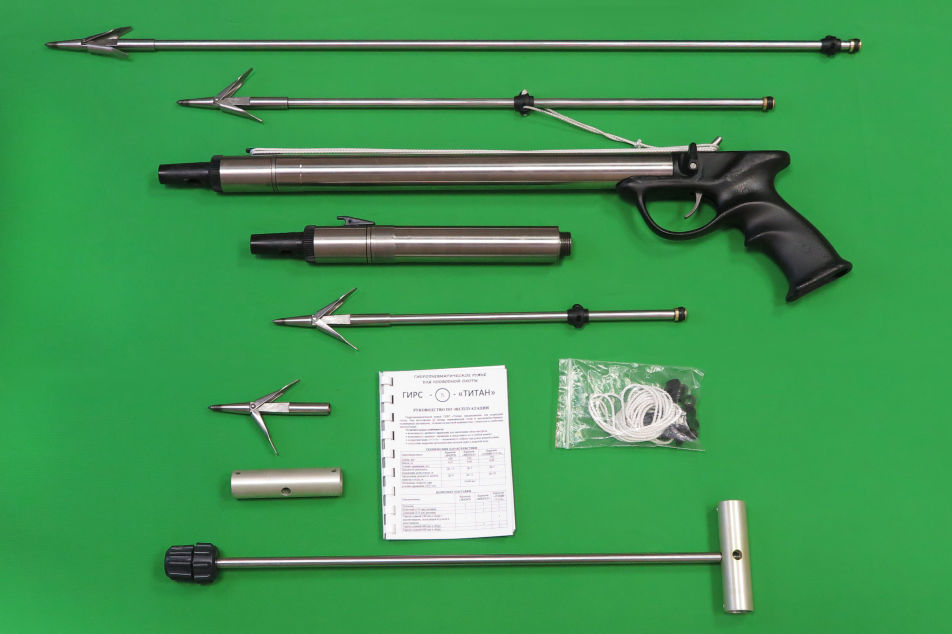I was looking at Alibaba for some cheap sports watches when on a whim I had a look at "spearguns" and to my surprise this came up.
Now I remember reading about this gun under a different designation in "Underwater Sportsman" some years ago, but did not know if it ever went into production, yet here it is! From memory it is a hydropneumatic speargun and it has interchangeable barrels, much like the earlier RPS-3. Now bar a special edition run of an updated RPS-3 sold as the "Wasp", the extra longer barrel versions of that gun never appeared. Yet here this AO42 gun is, which until I saw it on Alibaba just now, I never knew that it was available.



Now I remember reading about this gun under a different designation in "Underwater Sportsman" some years ago, but did not know if it ever went into production, yet here it is! From memory it is a hydropneumatic speargun and it has interchangeable barrels, much like the earlier RPS-3. Now bar a special edition run of an updated RPS-3 sold as the "Wasp", the extra longer barrel versions of that gun never appeared. Yet here this AO42 gun is, which until I saw it on Alibaba just now, I never knew that it was available.
Last edited:





